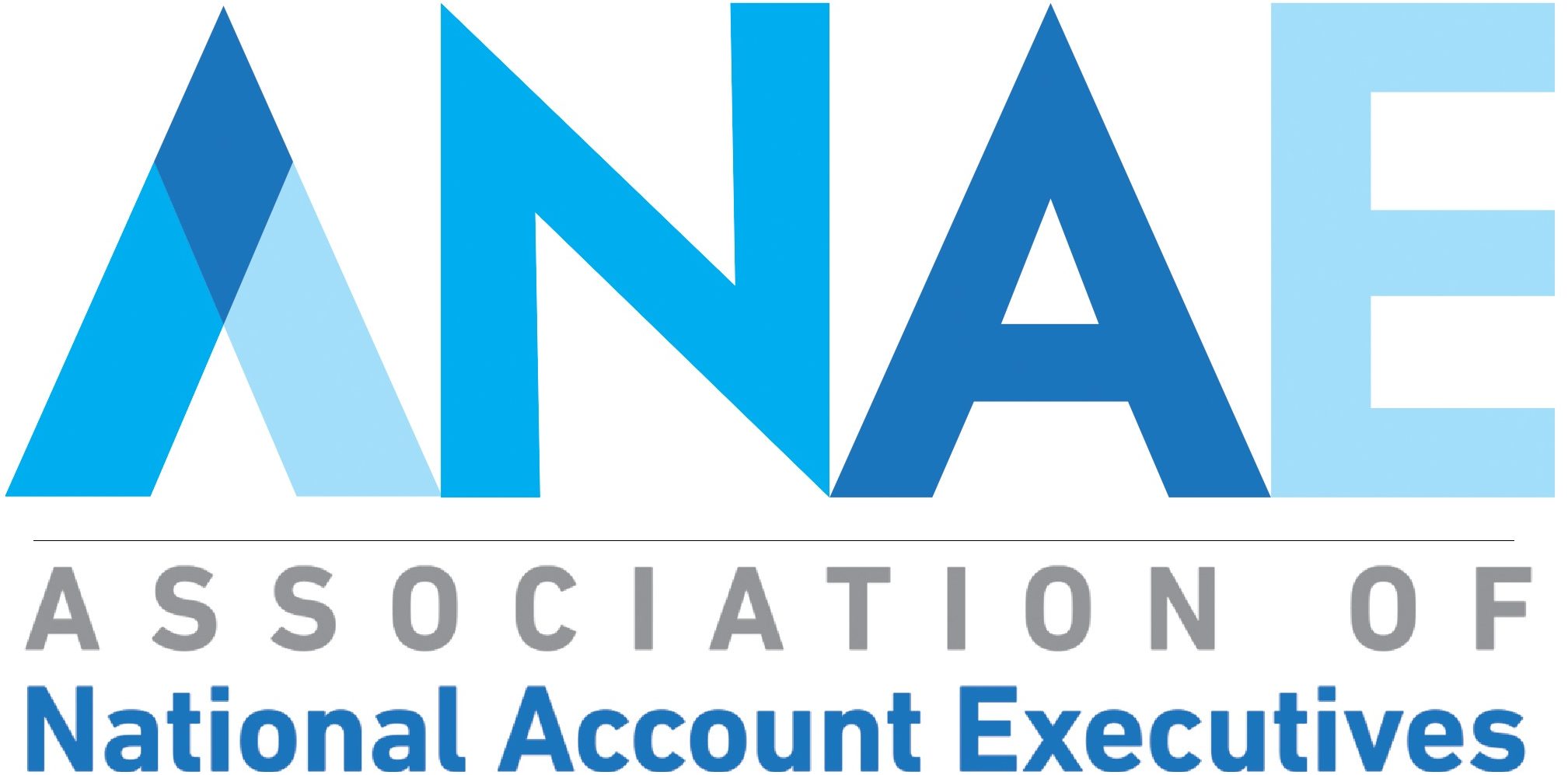John Strong’s Keynote Presentation recorded January 14, 2015 at the Purchasing Coalitions Forum
John Strong is a 39-year industry veteran with leadership experience in many organizations. John served as the founding president and CEO of Consorta for more than ten years; Consorta was successfully merged into HealthTrust in 2008. Prior to Consorta, John served in a number of senior executive positions at Premier Inc. He was a key architect of Premier’s contracting programs, member service and marketing operations for the group purchasing program, increasing purchasing volume to more than eight fold.
John currently works as an independent healthcare consultant working with a diverse set of clients, from large medical device manufacturers to start-up and smaller medical products companies. He works with his clients on strategic planning, sales, education, marketing and national accounts strategy and related projects. He also consults with healthcare service providers, systems, and facilities concerning supply chain strategy as well as the development and operation of GPOs and consolidated sourcing and purchasing operations.
At the January Purchasing Coalitions Forum, John shared some incredible insights on the evolution of purchasing aggregation. John spent 20 years of his career in group purchasing and as a result is a staunch believer in the importance of group purchasing. “I think well-run regional aggregation groups can really add a lot of value,” he said. “I think the key for healthcare providers is that they need to have [group purchasing] as part of their strategy and not just as another cherry-picking opportunity.”
He first touched on some of the environmental drivers impacting supply chain management today. Among them he mentioned:
– The pervasiveness of physician-led value analysis
– Healthcare provider consolidation
– Growing number of employed physicians
– The diminishing role of the hospital as the primary site of care
– Revenue rewards to hospitals for “seamless” patient transfers
– Shift to greater transparency in supply chain
Strong provided an overview of how supply chain has changed over the years moving from a transactional mindset to a more strategic view of procurement. This historical overview highlighted the relationship between provider consolidation and the proliferation of GPOs and other similar organizations. He observed that while the “dying breed” of stand-alone hospitals – that is, hospitals which are not owned by a larger system – still have a great need for GPOs, other organizations are starting to look into alternative ways of group purchasing.
The next “provider size” he mentions are the various alliances which are beginning to take a look at doing some self-contracting, or whether or not they should form a regional purchasing group, and, he said, they might be looking at a shared service organization.
The larger systems, Strong said, are beginning to consider if they should do more self-contracting, have their own GPO, and/or if they should be the anchor or sponsor for a shared services organization.
Strong went on to necessity for supply chain management to find the right tool for the right job. “If you outsource your sourcing to a group purchasing organization, it has certain advantages. You can cover all the items that are out there, you’ve got depth of expertise, product evaluation, and all of those types of things.”
National GPOs are well equipped to handle sourcing for pharmaceuticals and food, according to Strong. “It changes a little bit though, when you look at things that are high clinical preference or specific products that might be out in the marketplace… When you get down to products like [orthopedic implants], being large and having big volume is helpful, but it’s very difficult to work, if you’re a large national GPO, on a regional or local basis with the surgeons and the others that are going to make the decisions.”
Strong also made some predictions on the future of volume aggregation. Looking ahead, he said he sees:
– Growing interest in shared services
– More physician led value analysis – system-wide in the future
– National GPOs becoming advocates, in particular for UDI (unique device identification)
– GPOs focusing on areas like outsourcing and service contracts, and capital equipment
